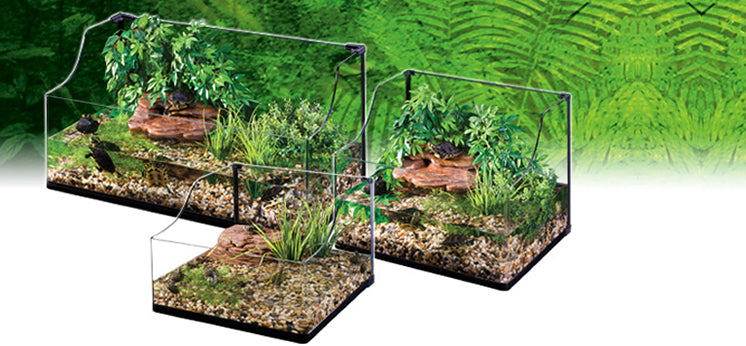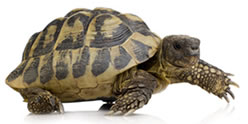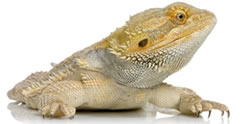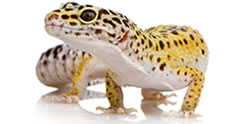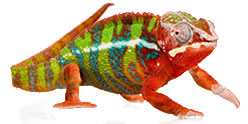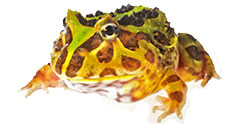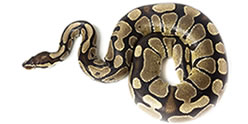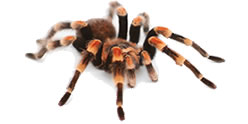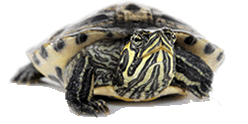Free Delivery
On order over £99*
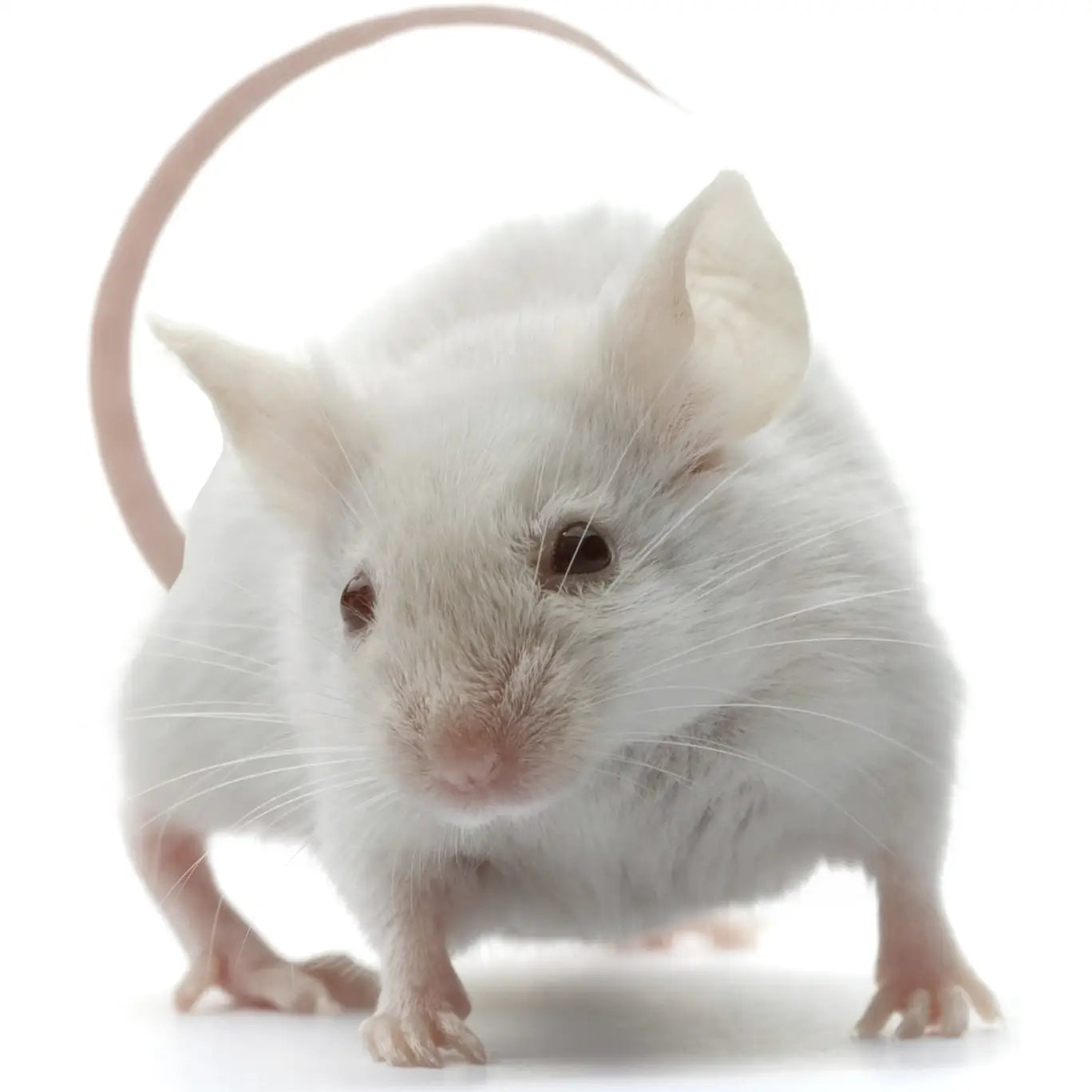
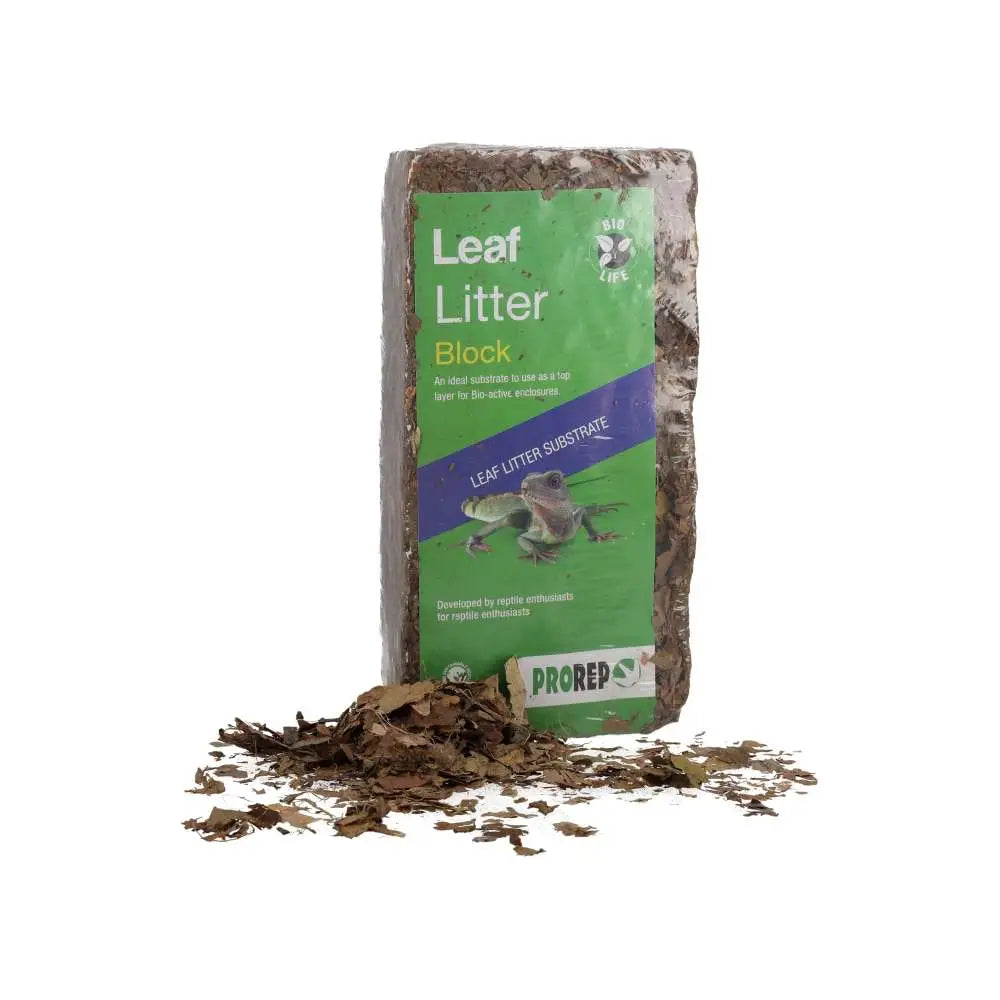

Axolotls are an interesting aquatic amphibian

Naturally they can only be found in one river in Mexico

They are quite unique in that they can remain in a larval state

Axolotls have a carnivorous diet of meat and invertebrates

With a long life and a lot of personality axolotls can be a great pet

Healthy adult axolotls can usually go without food for around a week to ten days without any problems, however, they are ideally fed every 2-3 days as adults and we don’t recommend going longer than this. In some cases, they might manage up to two weeks, but that’s really pushing it and shouldn’t be done. If you’re going away for a weekend or a few days, they’ll usually be just fine, especially if they’ve had a good feed beforehand and their water quality stays stable, but perhaps ask a friend or family member to pet sit for you if it’ll be longer than three days.
Juvenile axolotls with their back legs fully developed shouldn’t go more than a few days without food. They’re still growing and need regular meals to stay healthy. Smaller axolotls – from hatching up to around 23cm, which is the size they generally grow to nowadays – need feeding every couple of days, much like the adults, we suggest no longer than every 2–3 days.
Larval axolotls (the tiniest ones, before legs develop) need feeding every day. Their little bodies burn through energy quickly, so missing meals can be risky. If you’re raising larvae, daily feeding is a must.
Here is the maximum time Axolotls can go without food based on their growth stage:
Sign up to the Reptile Centre newsletter so you don't miss out on all the latest offers and guides to give your pet the best they deserve


